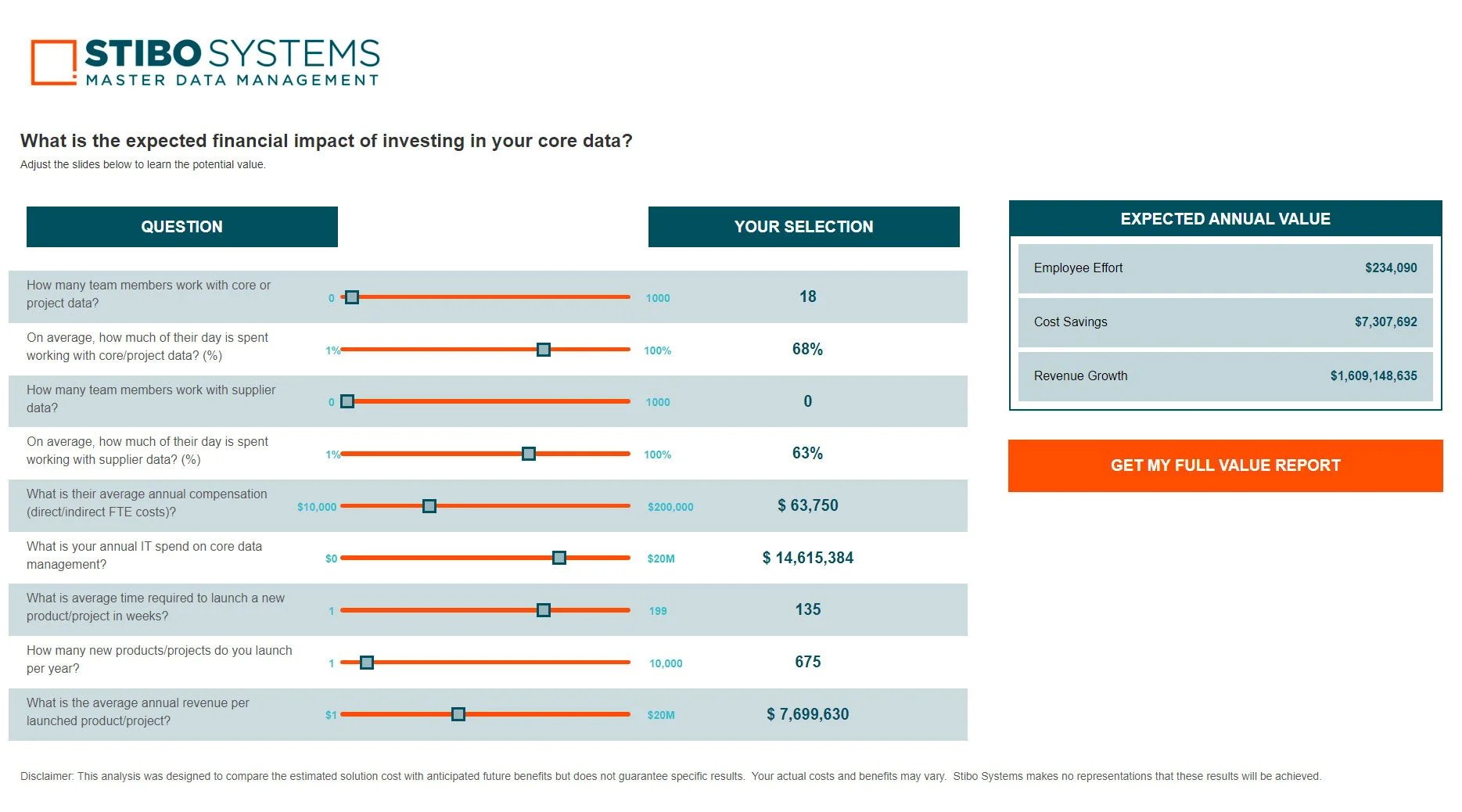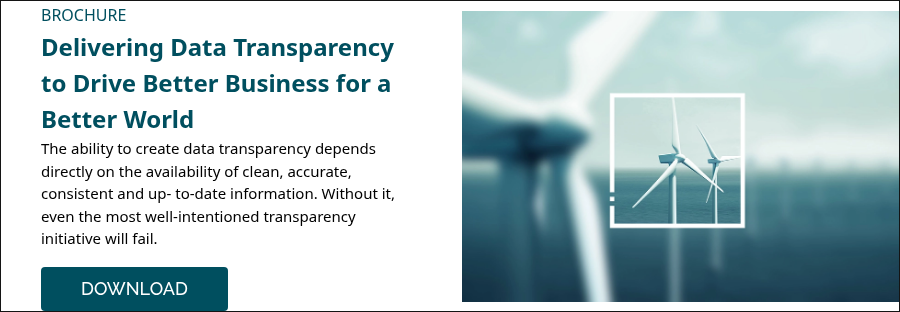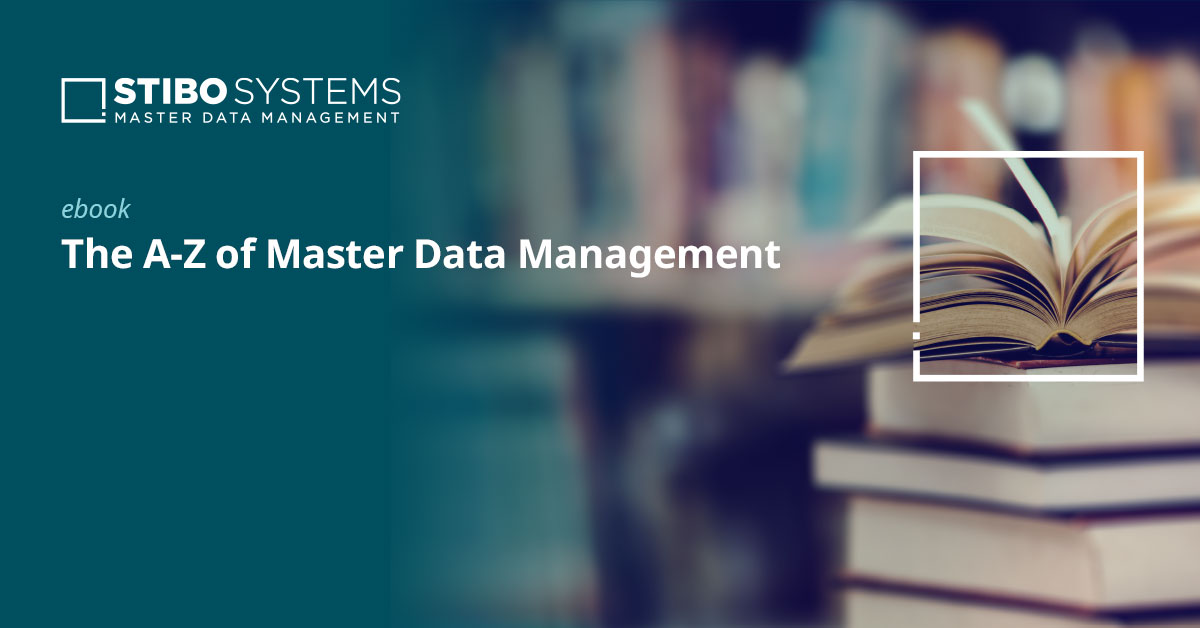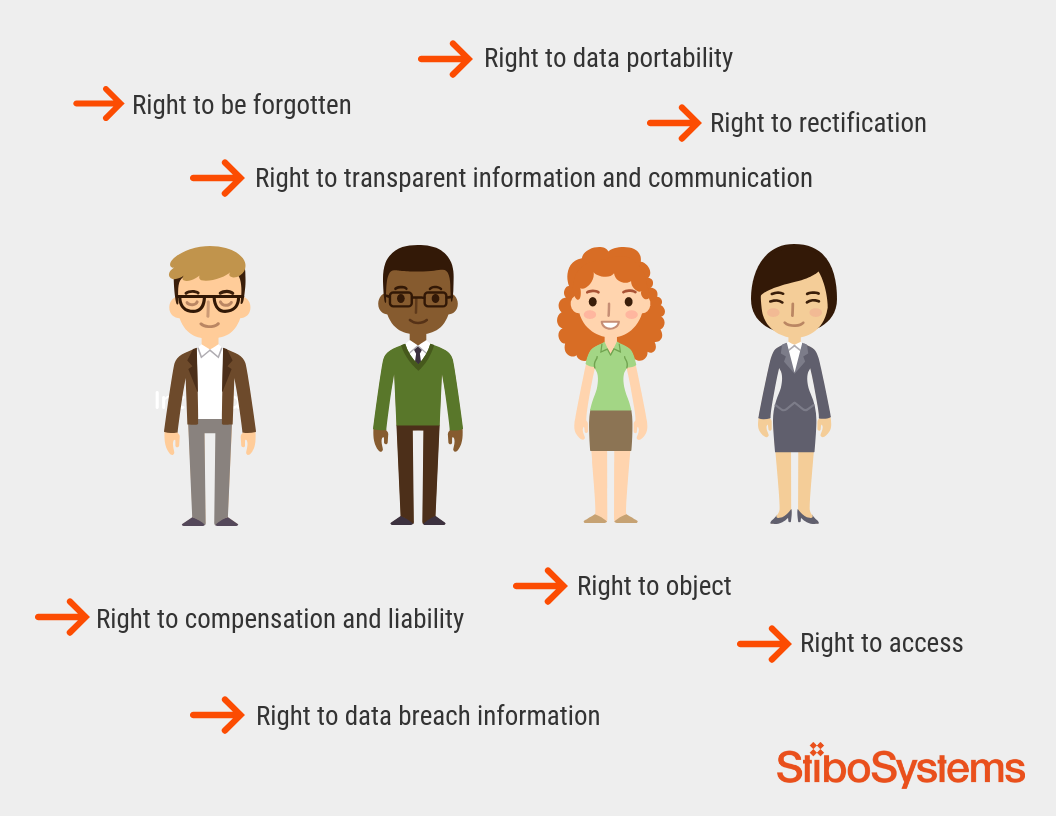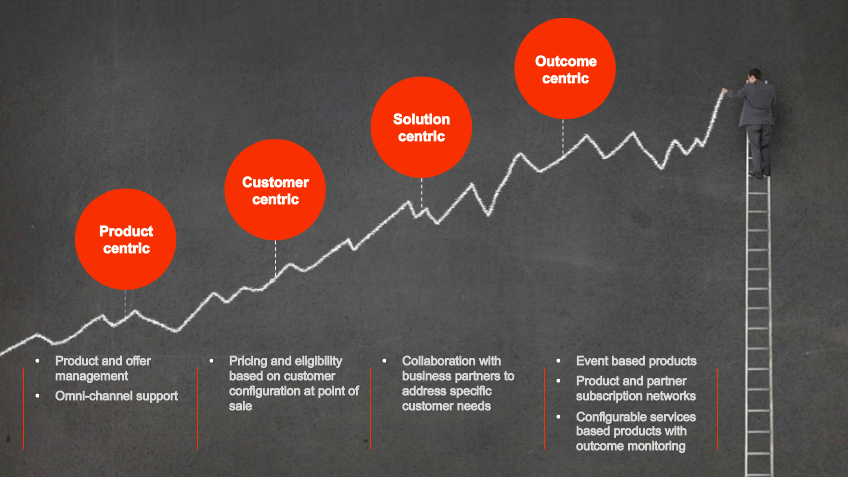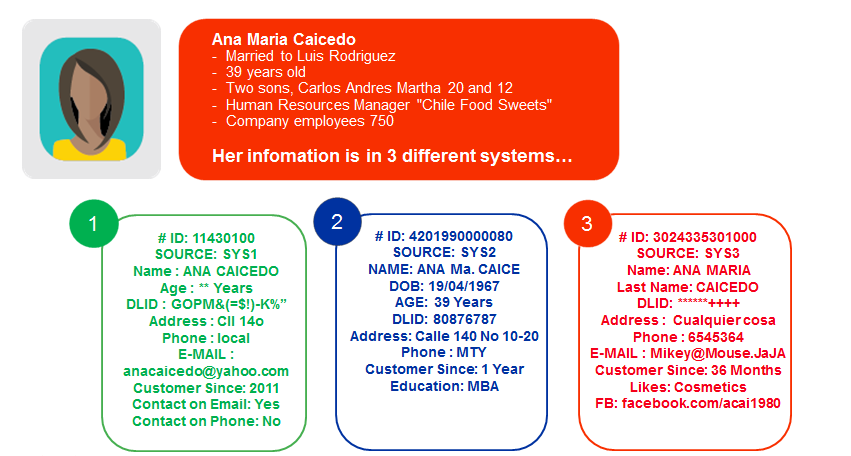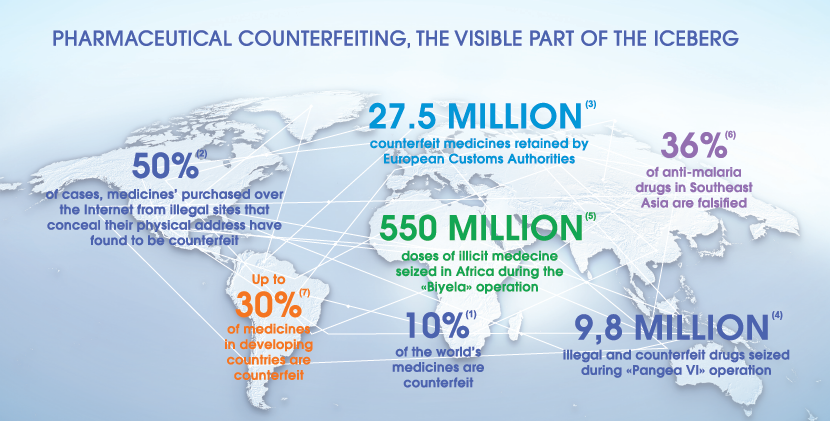In the decade ahead, data transparency will create an informed dialogue connecting companies and their constituents. Will your business be ready?
The start of the coming year would be no different, except for the fact it’s the year 2020, a number aligned with the term 20/20, the global standard for measuring excellent (if not perfect) visual acuity. This makes it the single best year ever when it comes to having the vision to look ahead, at least from a metaphorical (or marketing) perspective.
While this will no doubt make 2020 a year for the record books, there is something even bigger to consider, the start of an entirely new decade.
That said, may I be among the first to say, welcome to the 2020s, a decade I believe will eclipse the potential of a single year of great vision by delivering on something even bigger, the promise of transparency.
Why the time for transparency is now
Trust has always been a prized commodity, essential to every aspect of our personal and professional lives. Indeed, one might say the search for truth has been among the most central themes of life since the dawn of humanity.
While it may have always been of equal social, philosophical, theological and economic importance, the current pace of technological change has made truth harder than ever to come by. Precisely the reason that transparency – or to be more precise for our purposes, data transparency – will become so important to life in the 2020s.
While it’s virtually impossible to predict where digital change will take us by 2030, one thing is certain. The coming decade will be a time in which the power of data will open us all to new and incredible possibilities. It will be a time in which data, and those with the tools and skills to use it, become increasingly transparent.
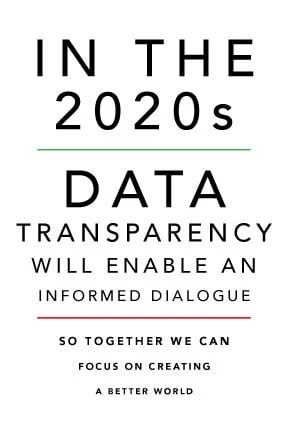 The delivery of greater transparency could not come at a more critical time. We live now in an increasingly fragile world and increasingly fragile times. As the next decade moves forward, things will not get any better, unless we, the people of the world, do something about it. Climate change, accelerated by the expansion of the greenhouse effect, will continue to negatively impact life in countless ways. One of which will surely be global food and water shortages which experts believe could become increasingly common. And this is just the tip of this metaphorical (melting) iceberg.
The delivery of greater transparency could not come at a more critical time. We live now in an increasingly fragile world and increasingly fragile times. As the next decade moves forward, things will not get any better, unless we, the people of the world, do something about it. Climate change, accelerated by the expansion of the greenhouse effect, will continue to negatively impact life in countless ways. One of which will surely be global food and water shortages which experts believe could become increasingly common. And this is just the tip of this metaphorical (melting) iceberg.
Of course, there are many people, businesses, organizations and governments working to stem this negative tide. But they will not be able to do it without the direct involvement and influence of a much larger and more potentially powerful group, the citizens of countries worldwide who will collectively suffer – or prosper – depending upon on what we do to alter the future of our planet.
One thing we see happening is consumers throughout the world will demand greater transparency into the environmental, economic and human cost of the products and services they consume on a daily basis. And they will use the availability – and quality of this data – to inform and guide their purchase decisions and actions in real-time.
Here is where the power of data transparency becomes absolute. By using data to empower the consumer – giving them visibility into information they will come to see as essential to their lives – enlightened businesses will work hand-in-hand with their customers to collectively alter the environmental course of our planet. This will in turn, require successful companies everywhere to be more accountable, trustworthy and responsive to their customers’ needs. Or to suffer the consequences of seeing those very same customers take their business elsewhere. Creating a win-win situation – and a better world – for everyone in the process.
Lessons learned from a decade of uprising
There are a myriad of other reasons behind the increased need for transparency. The best way to address them is to take a quick look at the decade gone by. This should be easy since, as the age-old proverb goes, hindsight is 20/20…
It was a decade that started off with great promise. It began at the end of a major recession. So from an economic perspective, there was nowhere to go but up. It was thus destined to be a decade of symbolic uprising.
From a cultural perspective, things were looking up, too. Social media had truly begun to bring the world together, while smart phones were putting it in the palm of our hands. And companies all over the world, including Amazon, Uber, Airbnb, Tencent, Apple and Baidu, to name just a few, had begun to harness the power of data to cater to our every individual, personalized and instantaneous need.
It was also a time during which quickly evolving social and digital media channels enabled increased awareness of growing global social, cultural and political issues. And it gave those concerned about them a channel to share their views and call-out offenders in an accessible public space. Enabling people everywhere to become aware of and/or involved in movements including the Arab Spring, LGBTQ rights, sustainability, global warming, human rights, the migrant crisis, sexual harassment and #MeToo, among many others.
All in all, it was a decade during which things were truly looking up. Or so it seemed.
As with other periods of global growth and enlightenment, these same advances in mobility, connectivity and analytics, and the democratization of the mass media driven by social platforms were accompanied by a dark side. The results of which being those with less than the best intentions discovered new and often imperceptible ways to manipulate facts to create alternative narratives or truths to serve their own personal, political or economic purposes. Contributing to an ongoing decline of institutional trust and an increase in consumer pessimism, uncertainty and doubt. And worse yet, a greater sense of division among many of us than ever before.
Navigating in an era of growing distrust
There were many other events that contributed to the ongoing air of distrust, including increasingly high-profile thefts of personal data through cybercrime, cover-ups by otherwise trusted businesses, institutional surveillance disclosures and confidential data releases by the likes of Snowden and Assange, the spread of foodborne illnesses and undocumented trade and smuggling of foodstuffs, meats and produce, accusations of the mainstream media being purveyors of “fake news,” and efforts by individuals and governments at meddling in elections. The latter often involved and/or leveraged digital and data platforms created/managed by otherwise reputable media and technology organizations including Facebook and their one-time contractor, Cambridge Analytica.
The irony of this could not be greater. While the democratization of media driven by the explosion of social and digital channels gave voice – once controlled by the few – to the many, things have not gone as one may have expected. Rather than bringing us all together, we now see a polarization of opinions driven by algorithms that take personalization to extreme and dark levels, narrowing our perspectives so that more and more people see news from rapidly proliferating unverified sources. Leading to a world that increasingly lacks a common, shared language and an understanding of the important themes that tie all of us together. And allowing nationalism and undocumented and increasingly nefarious opinions to show their ugly faces.
All told, the 2010s were a time during which vast numbers of people in countries across the globe either came to believe many of the manufactured narratives they were hearing to be true, while many others seeking the truth weren’t always sure who they could trust anymore to deliver it.
While many lessons were learned from this confluence and chaos of events, one thing has become blindingly clear. Heading into the next decade, truth is certain to be among our most valuable commodities.
In the 2020s, the truth will set us all free...
So here we stand at the end of a decade of uprising and wildly differing opinions capable of tearing our social, cultural, political and economic infrastructure apart, fueled by the manipulation of facts and resulting distrust. Much of which is powered by technology that at the start promised to help bring us all closer together.
There is, however, cause for optimism. As we head into the 2020s, we can now see the answer to addressing many of these past problems fueled by inaccurate data lies with another existing technology platform designed to ensure information accuracy; master data management (MDM).
Such is the potential of MDM that it is with this forward-thinking insight our team at Stibo Systems officially declares our renewed purpose for the decade ahead; to make data transparency a catalyst for better business for a better world.
To deliver on it, we have made it our mission to create the world’s most versatile Master Data Management solutions, enabling companies and organizations to optimize their business, environmental and social performance. Empowering them to create, manage and share transparent, accurate, value generating data.
Envision a more unified, transparent world
Imagine how, by delivering on this vision, we can activate those who want to do better everywhere with accurate, trustworthy data, empowering the goodness in people, businesses, organizations and governments around the world through data transparency. And supporting those who also wish to lead with a similar sense of purpose.
The 2020s will undoubtedly hold great promise for those with the vision to maximize the value of their complex data assets. By leveraging the ability to make data transparent, we can help extend that value so that it doesn’t simply benefit their businesses. It can also be to the benefit of our increasingly interconnected communities and our increasingly interdependent world.
We believe that, working together with our customers and partners in the coming decade, we have the ability to deliver on all of this promise, and more. By taking a proactive step in this direction now, as the decade begins, we hope to set an example for others to follow. We will be among the pioneers in taking this stance, empowering our customers to address the demands for data transparency from their customers and stakeholders. And inspiring and empowering other forward-thinking businesses to help lead the way.
We see this not simply as a strategic decision but as our duty. As a leader in this space – and as one of a select number of companies capable of doing so – we have an obligation to the citizens of the world to transparently share data attributes in a purposeful and open manner that will allow people to make better decisions for a better world.
As a foundationally-owned company, we have a similar duty to honor the intention and memory of the family who began our business 225 years ago, and all those who have worked for the organization since. This unique ownership structure means we do not serve the needs of any specific single investor, but rather, the combined interests of our customers, employees, investors and the communities where we do business. Being a truly global company, that includes having a positive impact on our world and those we share it with.
While we are committed to leading this charge, we are confident we will not be alone. We will be accompanied by many of our customers who are already implementing efforts to get the right data to the right people and the right places, whenever it’s needed. And we will be supported by millions of consumers around the world looking for information they can trust, from brands and retailers and organizations they can trust to deliver it.
That is what we believe will make the coming decade – the decade of transparency – so exciting. And so much different than the last one.

